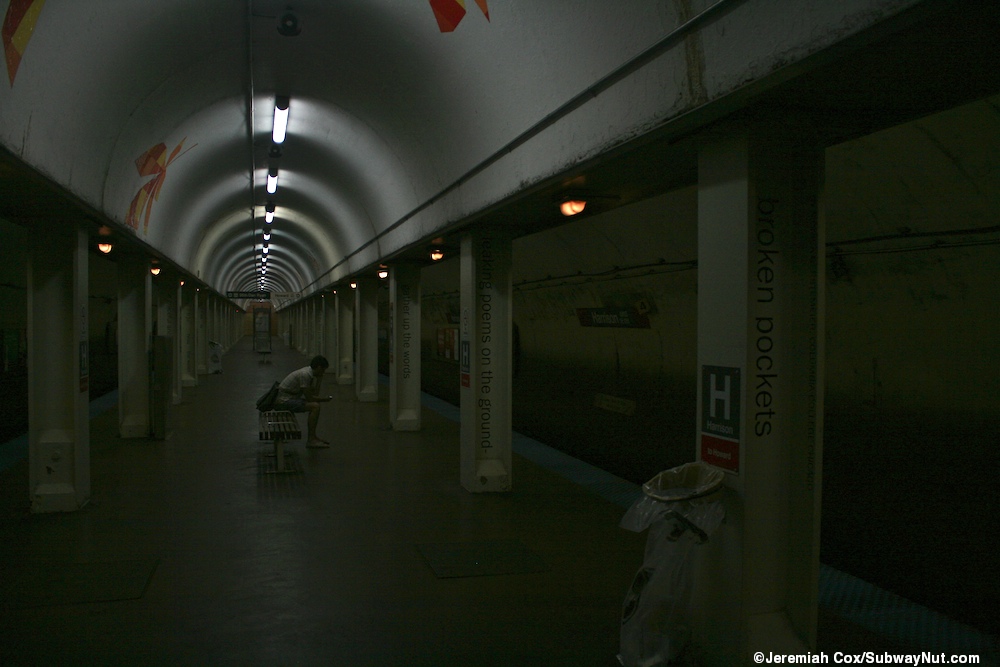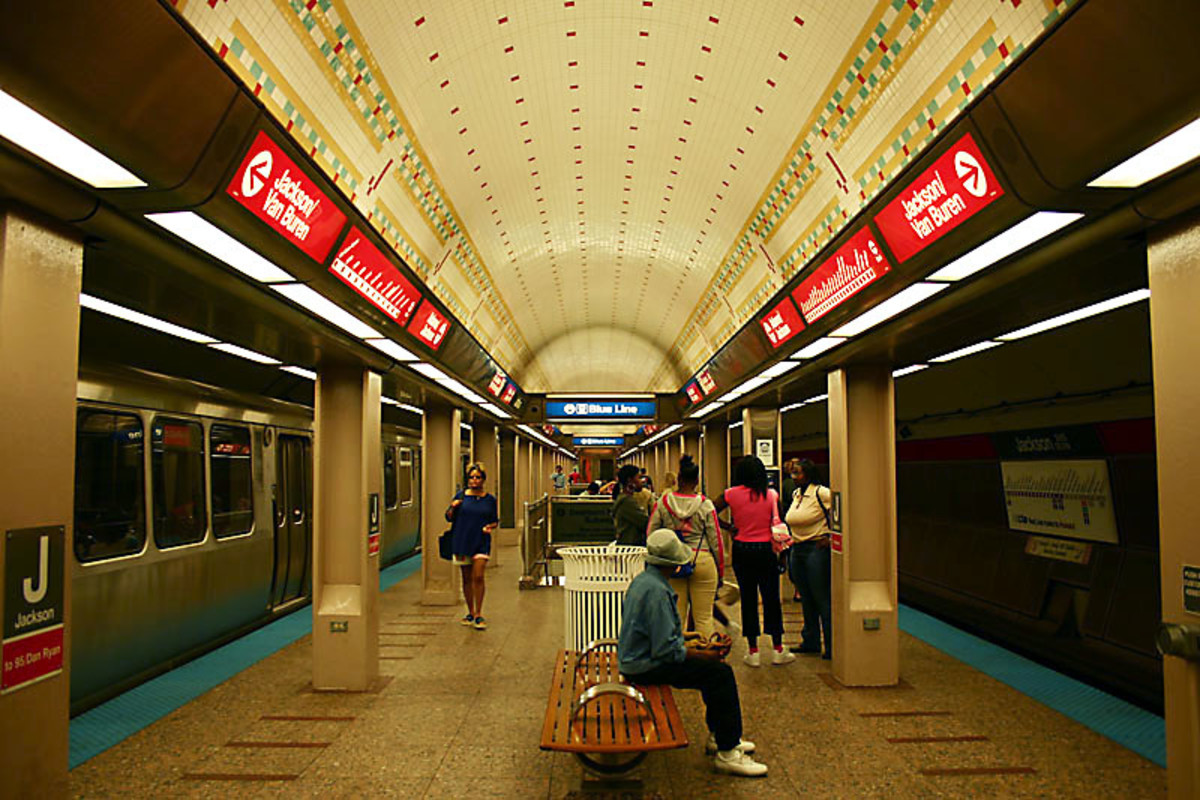Burnt creek
New Member
You are saying i am lying? I said it has single fares. And it does have single fares. You arive at a station, you buy your ticket for the distance you are travelling. You insert your ticket at both the departure station and at the arriving station. You pay more for greater distances.Are you sure you've used Washington's system? Based on the below comment, I'm not so sure.
WMATA has zoned fares like GO Transit. There's no such thing as a "single fare" on WMATA.
I dont know what you are talking about the GO like Fares? Here, if you leave TO and go outside the city boundaries, like mississauga or york region, you have to pay again regardless of the distance you are traveling in.. And that includes if you have to transfer on to GO. Thats two fares. And that will make you trip cost more than double. I didnt see that when staying in Arlington and going into DC on numerous occasions.
Arlington is in Virginia by the way. Washington is in District of Columbia. One subway fare. Are you sure that you have been to DC?
Last edited:






